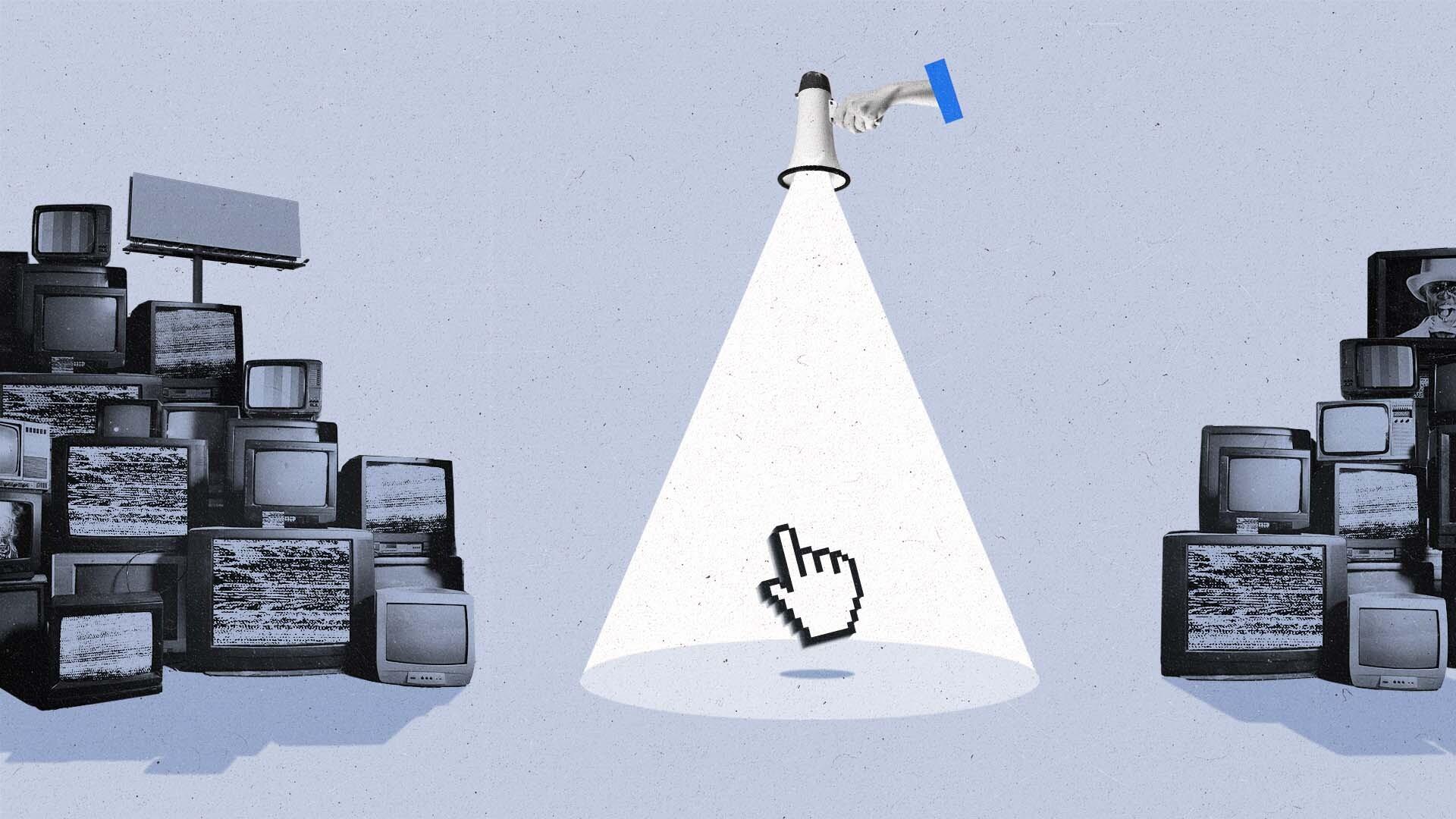Here’s what you missed if you were only paying attention to Generative AI this year

Generative AI may have been marketers’ chief preoccupation in 2023, but make no mistake: Beyond ChatGPT’s impact on search, this was a year of deep changes for the industry.
European regulators turned up the heat on Big Tech, while streaming giants doubled down on ad-supported plans and investment in sports streaming rights. Retailers worldwide, meanwhile, went full steam ahead in rolling out their retail media offerings.
But beyond these headline grabbers are some trends with the potential to spark change and reverberate through the industry for years to come.
Here is how some of this year’s more underrated trends — while not as loud or obvious as everyone’s favorite chatbot — are reshaping advertising.
‘Glocalization’ and uniformity
Younger and older generations alike are behind a trend dubbed “glocalization” by researchers at the London School of Economics, in which local content seems to resonate most with listeners even as music platforms go global — sometimes to the detriment of the international English-language repertoire.
This trend could be applied to other forms of content, too, especially movies. Long gone are the days when Hollywood and a few labels were the de facto tastemakers of global content: Now, from Bollywood to Nollywood to Afrobeats and K-pop, locally made content is gaining global appeal.
“It’s a paradigm shift. Global media consumers, particularly younger, more diverse, and tech-savvy audiences, are looking for representation and authenticity in the content they consume,” Victoria Popoola, co-founder and CEO of TalentX Africa, told The Current in October.
Consumers’ search for authenticity in their content is married with a fragmented media landscape, which means the onus is on marketers to execute nuanced campaigns.
“It’s really trying to get away from the idea of ‘one message fits all,’ and trying to make things feel authentic to the viewer or the listener and almost personalized to them or the people in their community and interest groups,” says Dan Calladine, head of media futures at Dentsu International.
Beneath this diversifying media environment is a countercurrent of homogenization when it comes to places where people congregate online — most recently, social media. From TikTok to Instagram to YouTube to Snapchat, the experience has become more uniform, offering similar short-form content in the same scrollable interface. That could pose a challenge for marketers trumpeting their brands’ uniqueness.
“If all the platforms look the same, then it’s possible that the adverts on them could all just sort of blend into one,” says Calladine, adding that brands need to focus on delivering a distinctive message with a distinctive look.
For brands that have long prioritized social, this means some of their most hardcore fans may be just as likely reading a deep-dive review on a specialized publication as they are tuning in to niche podcasts.
“Social media channels get really high levels of reach, but [consumers] may be in a better mindset when looking at a news channel or at another content site where they’ll be most receptive to a message, like a commerce channel,” says Calladine. “We do quite a lot of retail media work with clients to appear into a channel where people are very much in a shopping mindset.”
Ads everywhere
Social media platforms’ push into ad-free subscription plans may be the outlier in a wider trend where new advertising surfaces seemed to be popping up constantly this year, from shoppable ads on streaming to Uber and Lyft in-ride ads.
We may still be far away from the vision of the metaverse that inspired Meta’s rebranding two years ago and an industrywide frenzy, but with Apple’s Vision Pro in the pipeline and Meta’s Quest 3 already out, that vision may not be as far as we think. Especially when considering the recent launch of the Sam Altman-backed Humane AI Pin, the much-hyped clip-on device that beams a laser display onto the palm of your hand and can translate foreign languages in real time.
As this alternate reality of sorts takes form, brands today are faced with a busier and more fragmented media and marketing landscape than ever. In this environment, it could pay off to seek out “quiet” places.
“Rather than doing something like trying to maximize the number of impressions or minimize the cost of impressions or trying to out shout your competitors, make sure that you’re not in very cluttered pages and environments,” says Calladine, citing audio and in-game advertising as less competitive channels.
Another way of doing that may be to appear in “FOOH,” or faux-out-of-home, where fake outdoor ads from the likes of Gymbox, Lego, Maybelline, and Burger King are simulated digitally in ad campaigns.
While FOOH is a symbol of how marketers are constantly on the hunt for innovative ways to be seen and heard, it’s also potentially a cautionary tale. “If brands intentionally mislead their audience as to the realness (or fakeness) of a piece of communication, and in doing so take advantage of media owners, does that make it a bad idea?” ponders Alex Stolerman, managing partner at CPB London.
“More agencies are upskilling their design teams on how to use AI tools, and brands are always looking for ways to outshout their spend, meaning this trend isn’t going away,” he adds.
A truly global media landscape and an increase in ad surfaces means marketers will likely have to be more selective and nuanced in their investments, with an eye toward creating advertising that resonates with particular groups and niches of consumers, rather than the all-encompassing brand campaigns of years past.
In that respect Generative AI, and AI more generally, may be just the ticket. Just not the only one.
Subscribe to The Current
Subscribe to The Current newsletter